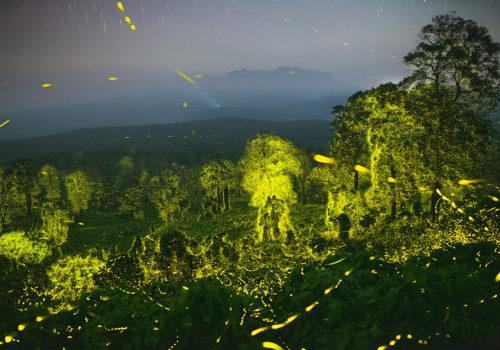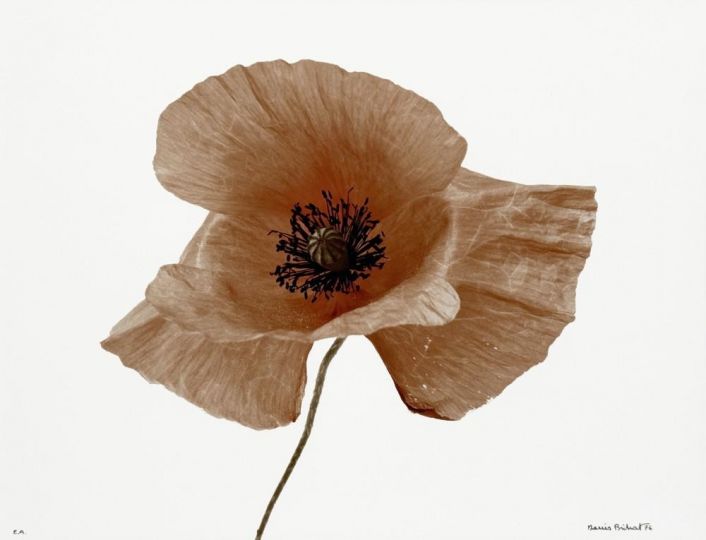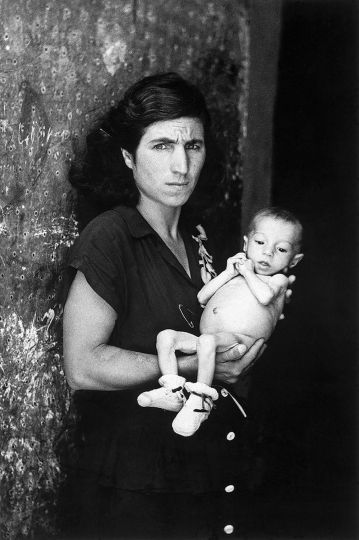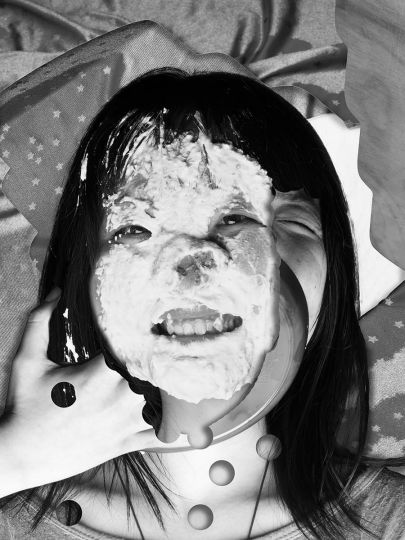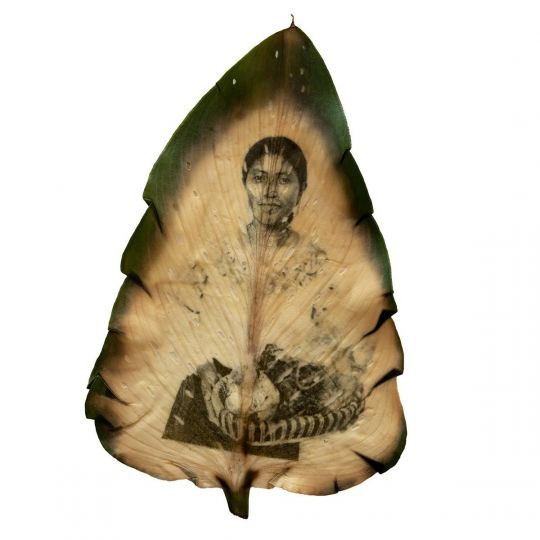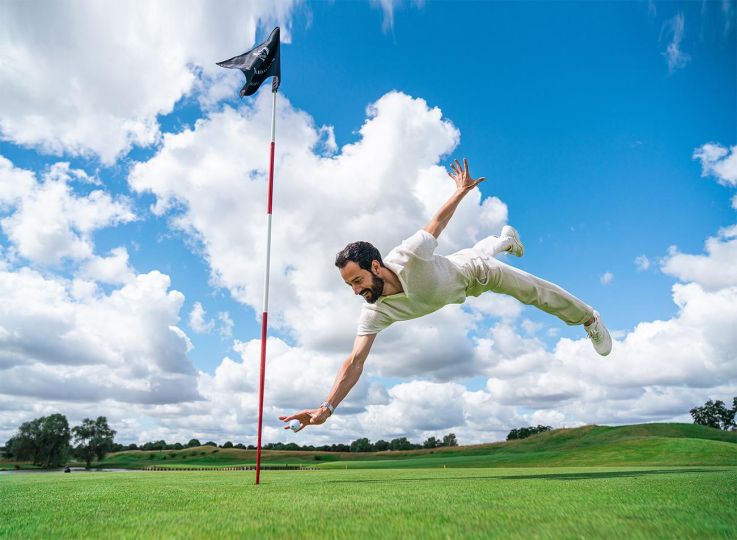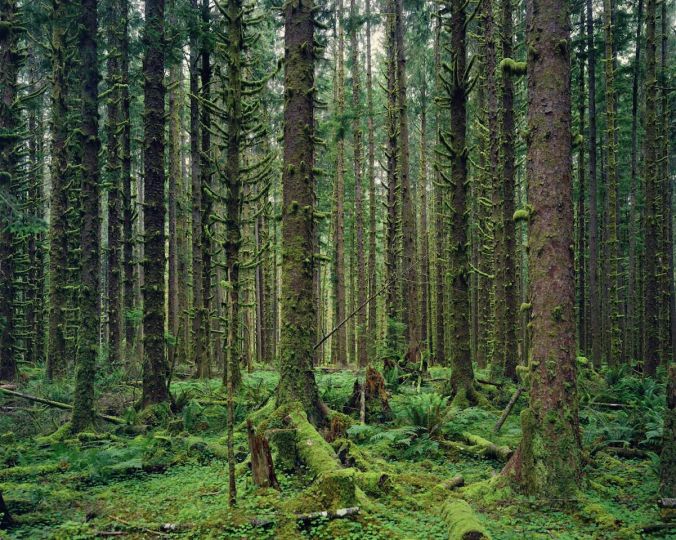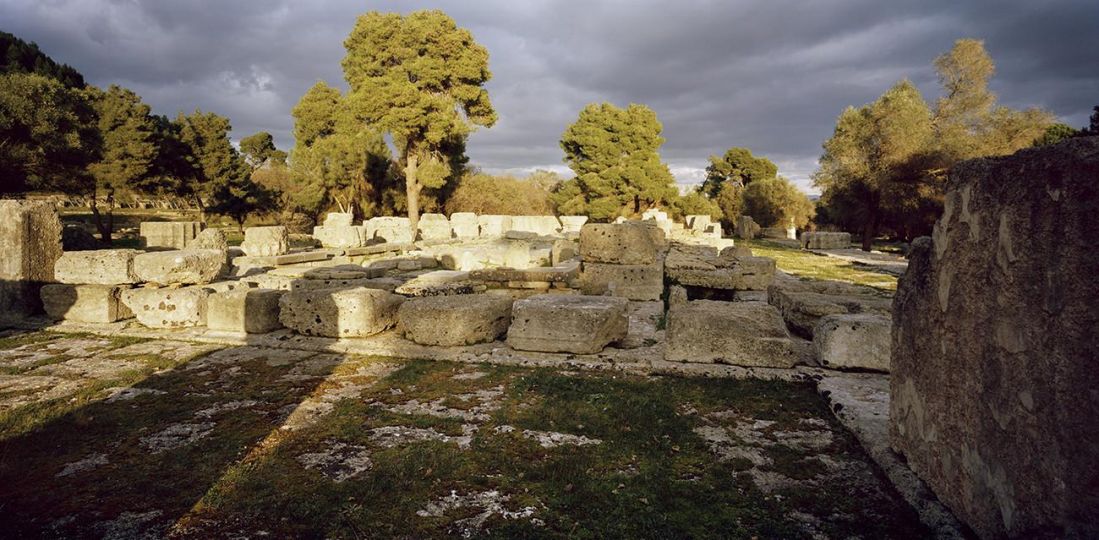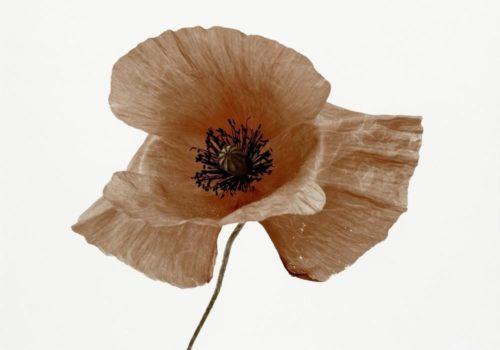Sriram Murali : “The Light of Darkness”
Sriram Murali is an artist of the night, a photographer, and filmmaker whose vision transcends the ordinary to unveil the extraordinary. Passionate about nature and deeply concerned by the devastating effects of light pollution, he captures images that do more than mesmerize—they educate, provoke, and inspire. His work, imbued with poetry, emerges from meticulous planning, a profound understanding of ecology, and an almost spiritual fascination with nocturnal phenomena. He is particularly renowned for documenting fireflies—living sparks of light whose synchronized dance is a fragile miracle under threat from human activity.

